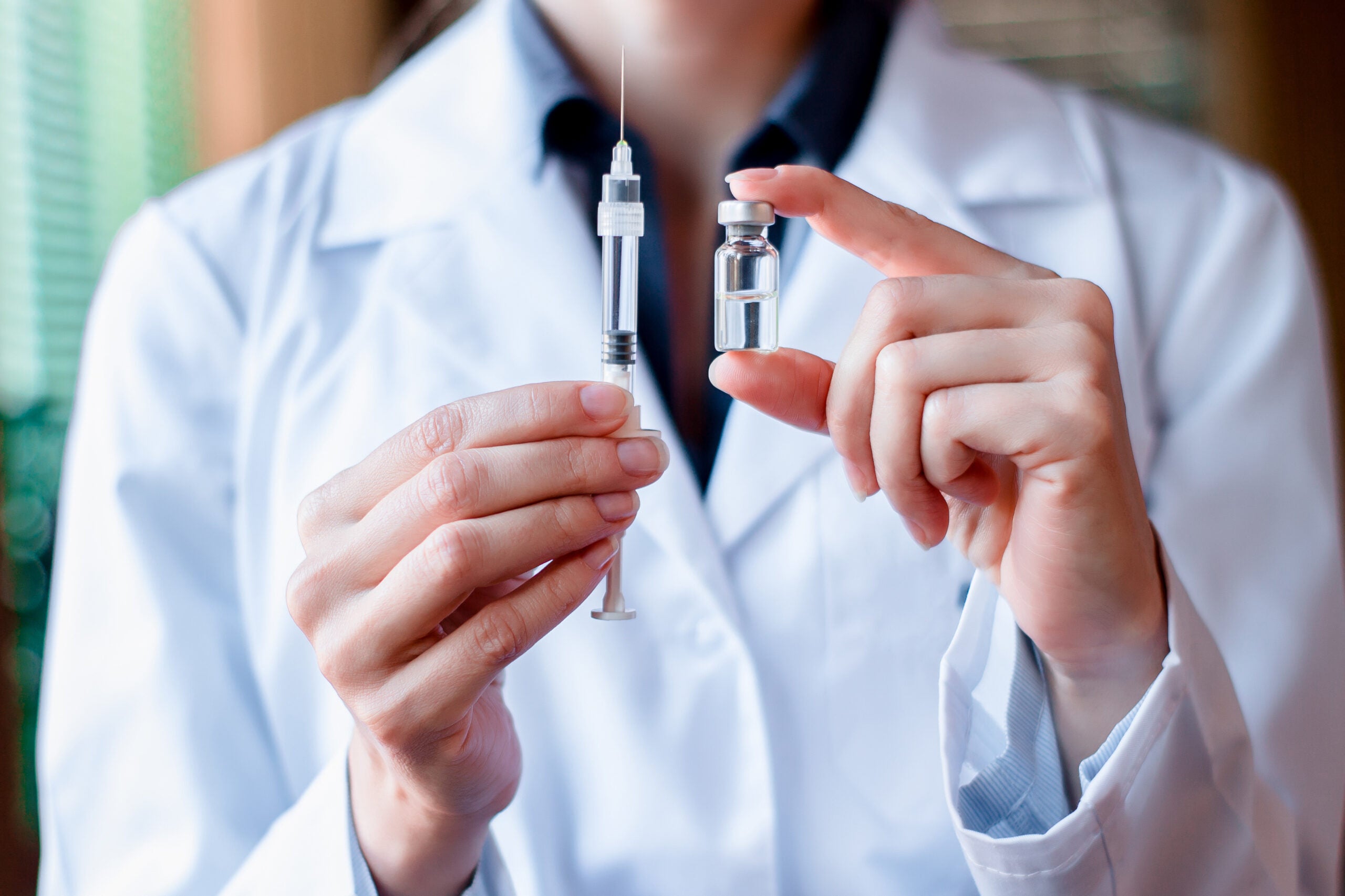
Diabetes is one of the fastest growing non-communicable diseases in the U.S. According to a 2017 report published by the Centers for Disease Control and Prevention (CDC), the growth rate of diabetes remains constant, and the disease continues to present an important health care burden. It is an important public health concern not only because of the sizeable proportion of cases that go undiagnosed, but also because of the complications that arise in association with the disease.
One such complication is diabetic macular edema (DME), the leading cause of blindness in diabetic patients. DME occurs in diabetic patients when there is abnormal leakage from damaged blood vessels and accumulation of fluid in the macula, an area in the center of the retina. The occurrence of this condition is highly frequent in diabetics and is a complication of diabetic retinopathy, which is defined as a retinal thickening involving or approaching the center of the macula.
GlobalData epidemiologists forecast the burden of DME to increase over the next decade, as the prevalence of diabetes is expected to rise. Given the high use of health care resources and costs accumulated by DME, the condition poses a significant burden on health care systemd. The social and economic burdens of DME mainly result from the loss of work days for patients, lost productivity for patients’ employers, and the difficulties experienced by family members attending to those who are affected.
The aging of the global population signals an increase in the burden of the disease. Vision loss caused by DME increases with the severity of the condition, with blindness being the worst manifestation. As DME occurs frequently in diabetic patients and the early stages of the condition do not usually present with symptoms, eye screening in individuals with diabetes will be critical in preserving vision over the next decade.
Given recent treatment advances in reducing vision loss and preserving vision in DME, it is imperative that all diabetes patients receive early screening; this recommendation is even more important for individuals with poor blood sugar control and high blood pressure, as these factors can increase the risk of DME.
The figure below shows GlobalData’s analysis of historical trends in diagnosed prevalent cases of DME in the seven major markets (7MM: U.S., France, Germany, Italy, Spain, U.K, and Japan) and the projected changes for 2026.
How well do you really know your competitors?
Access the most comprehensive Company Profiles on the market, powered by GlobalData. Save hours of research. Gain competitive edge.

Thank you!
Your download email will arrive shortly
Not ready to buy yet? Download a free sample
We are confident about the unique quality of our Company Profiles. However, we want you to make the most beneficial decision for your business, so we offer a free sample that you can download by submitting the below form
By GlobalData
Further discussions of DME epidemiology and its global drug forecast can be found in the GlobalData reports, EpiCast Report: Macular Edema – Epidemiology Forecast to 2026 and PharmaPoint: Macular Edema – Global Drug Forecast and Market Analysis to 2026.
Related Reports:
- GlobalData (2017). EpiCast Model: Macular Edema – Epidemiology Forecast to 2026, November 2017, GDHCER169-17
- GlobalData (2017). PharmaPoint: Macular Edema – Global Drug Forecast and Market Analysis to 2026, November 2017, GDHC157PIDR
- GlobalData (2016). EpiCast Report: Type 2 Diabetes – Epidemiology Forecast to 2026, July 2017, GDHCER154-17
- GlobalData (2016). PharmaPoint: Type 2 Diabetes – Global Drug Forecast and Market Analysis to 2026, July 2017, GDHC152PIDR







